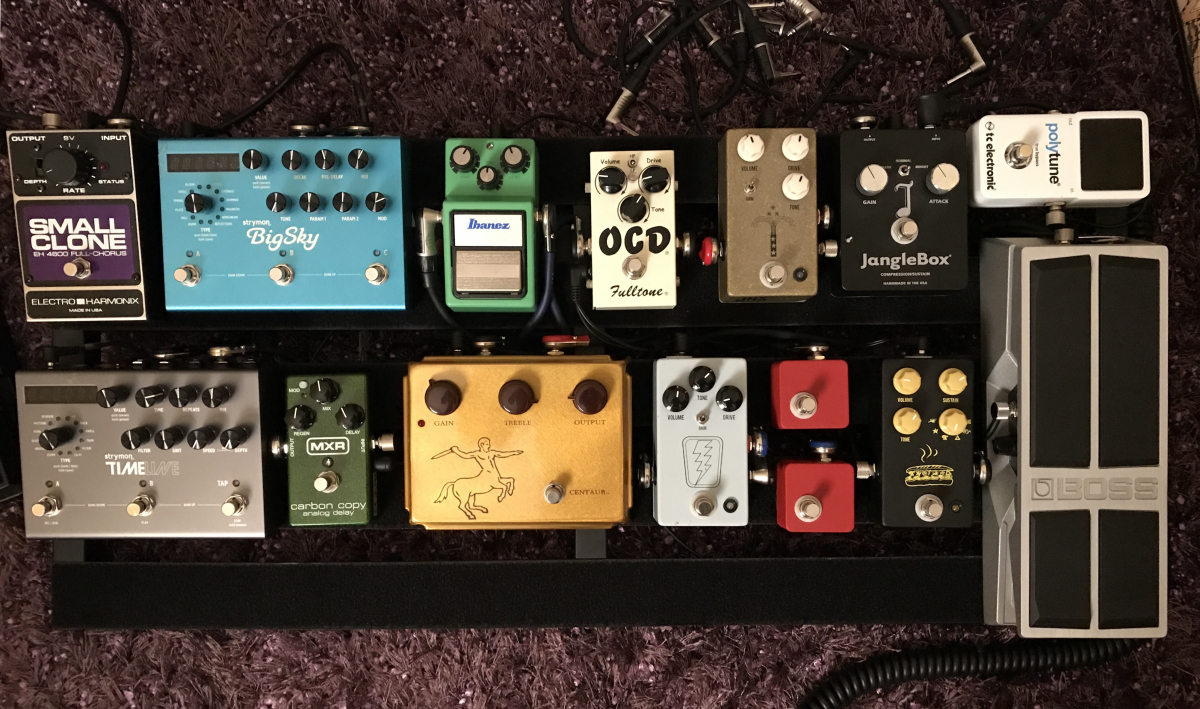
- #Mxr carbon copy cloner manual#
- #Mxr carbon copy cloner android#
- #Mxr carbon copy cloner software#
- #Mxr carbon copy cloner plus#
#Mxr carbon copy cloner software#
#Mxr carbon copy cloner android#
#Mxr carbon copy cloner plus#
Printers ĭot matrix and daisy wheel impact printers are also able to use carbon paper to produce several copies of a document in one pass, and most models feature adjustable impact power and head spacing to accommodate up to three copies plus the original printout. by writing "I sent a copy to John Doe" or "John Doe, who is reading in copy, "). It is considered good practice to indicate to the other recipients that a new participant has been added to the list of receivers (e.g. In common usage, an email message has three fields for addressees: the To field is for principal recipients of the message, the Cc field indicates secondary recipients whose names are visible to one another and to the principal, and the Bcc ( blind carbon copy) field contains the names of tertiary recipients whose names are invisible to each other and to the primary and secondary recipients. Merriam-Webster uses cc, cc'd and cc'ing, respectively. Present participle or imperfect forms in use include cc'ing. Past tense forms in use are CCed, cc'd, cc'ed, cc-ed and cc:'d. It is common practice to abbreviate the verb form, and many forms are used, including cc and cc.


That is, to send the message to additional recipients beyond the primary recipient. The term "carbon copy" can denote anything that is a near duplicate of an original (".and you want to turn him into a carbon copy of every fourth-rate conformist in this frightened land!" Robert Heinlein, Stranger in a Strange Land).Ĭarbon copy can be used as a transitive verb with the meaning described under e-mail below related to the CC field of an e-mail message. Sometimes this "cc" is interpreted as "courtesy copy".

This etymology can also explain why, even originally, "cc:" was used to list recipients who received typed copies and not necessarily carbon copies. This alternative etymology explains the frequent usage of "c:" when only one recipient is listed, while "cc:" is used for two or more recipients of the copies.

It is still common for a business letter to include, at the end, a list of names preceded by the abbreviation "CC", indicating that the named persons are to receive copies of the letter, even though carbon paper is no longer used to make the copies.Īn alternative etymology is that "c:" was used for copy and "cc:" indicates the plural, just as "p." means page and "pp." means pages.
#Mxr carbon copy cloner manual#
Carbon copies are still sometimes used in special applications: for example, in manual receipt books which have a multiple-use sheet of carbon paper supplied, so that the user can keep an exact copy of each receipt issued, although even here carbonless copy paper is often used to the same effect. The use of carbon copies declined with the advent of photocopying and electronic document creation and distribution (word processing). The top sheet is the original and each of the additional sheets is called a carbon copy. Four or five copies is a practical limit. More than one copy can be made by stacking several sheets with carbon paper between each pair. The pressure applied by the writing implement (pen, pencil, typewriter or impact printer) to the top sheet causes pigment from the carbon paper to reproduce the similar mark on the copy sheet(s). A sheet of carbon paper is placed between two or more sheets of paper.


 0 kommentar(er)
0 kommentar(er)
